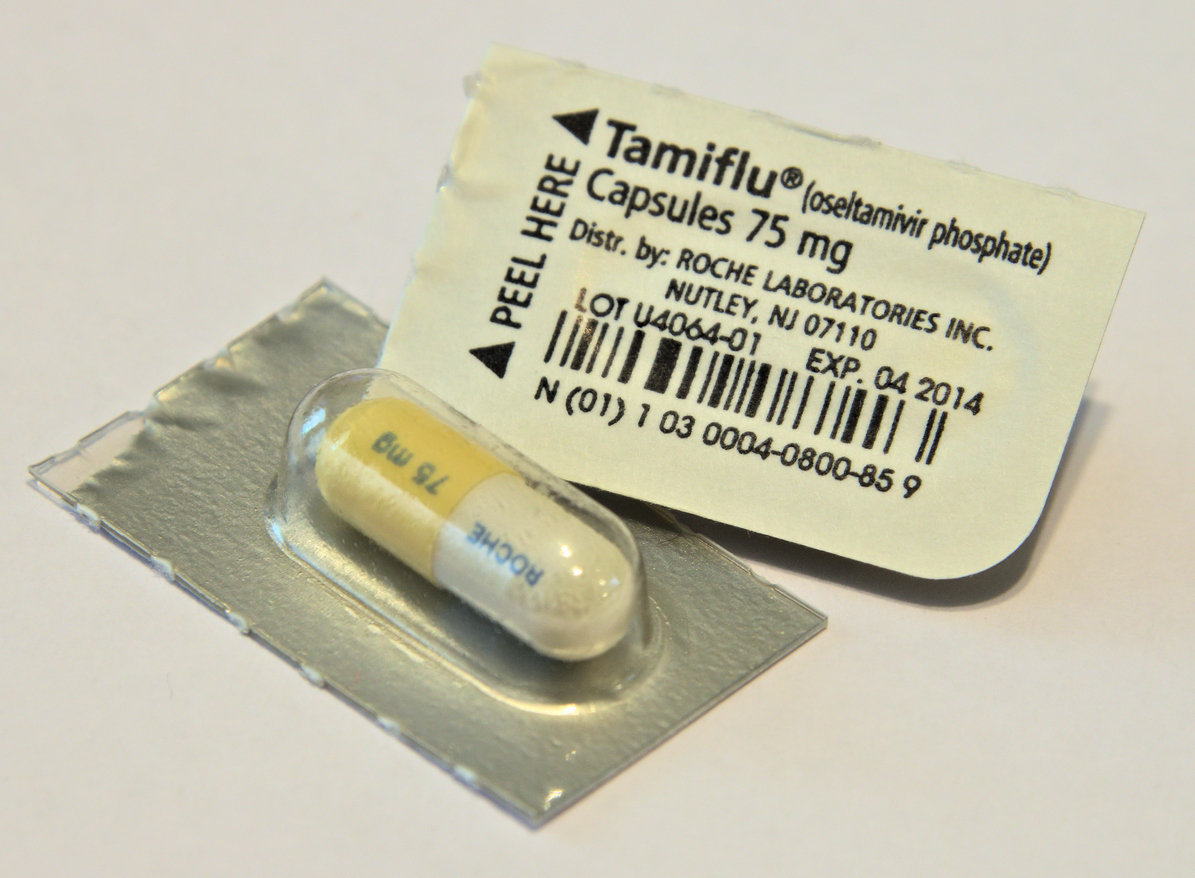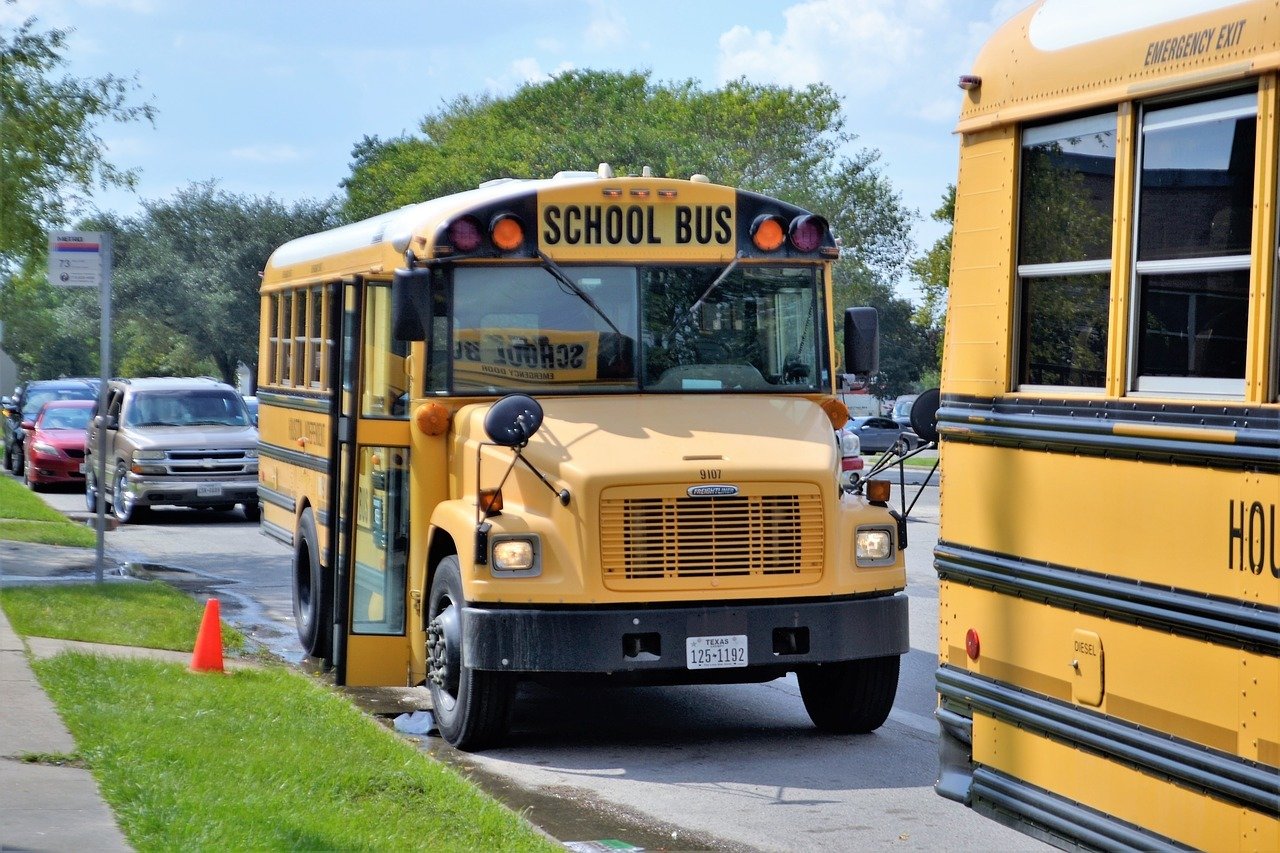
You do everything you possibly can to prevent your kids from getting the flu, but they get it anyway. It happens but what now? Besides pulling out the vaporu, what can you do to keep them comfy, help nurse them back to health and keep them from becoming one of the deadly statistics of a treacherous flu season?
More from MamásLatinas: 13 Ways to protect your family from the deadly flu
Start by taking a deep breath and then read on for some great and practical tips. In fact, keep reading even if nobody in your family is sick right now because it's great to be prepared.
What is the flu?

Let's start by defining what the flu is because not every cough and sniffle mean someone has the flu. According to the Centers for Disease Control and Prevention, "Influenza (also known as the flu) is a contagious respiratory illness caused by flu viruses. It can cause mild to severe illness, and at times can lead to death. The flu is different from a cold. The flu usually comes on suddenly."
What are the symptoms of the flu?

Flu symptoms include:
- A fever or a fever with chills–although, not all people who get the flu, get a fever.
- A cough
- Sore throat
- Runny or congested nose
- Muscle or body aches
- Headaches
- Tiredness or fatigue
- Vomiting and diarrhea are more common in children than in adults
You're pretty sure your child has the flu, now what?

It never hurts to put in a call for advice to your medical provider. Most people recover from the flu on their own, but people in high-risk groups such as young children, those who are 65 and older, pregnant women and people with certain medical conditions are more susceptible to complications from the flu, which can even result in death. So when in doubt, reach out.
To ER or not to ER?

You're pretty sure it's the flu, you've called your healthcare provider and you're still freaking out because it's been an awful flu season and kids have died. Should you just take your kid to the ER? No. The ER is for really, really sick people. If your child is only mildly sick, keep your child at home and avoid the ER. Going to the ER is just going to expose you both to all kinds of germs and if you don't have the flu, you just might catch it in the ER.
ER warning signs.

But there are times when a person with severe flu symptoms should go to the ER. The ER signs to look out for in children are:
- Fast breathing or trouble breathing
- Bluish tinge to skin color
- Not drinking enough fluids
- Not waking up or interacting
- Being so irritable that your child doesn't want to be held
- Flu-like symptoms get better but then come back with a fever and more severe cough
- Fever with a rash
You should also seek medical attention if you have an infant and they exhibit the following symptoms:
- Can't eat
- Difficulty breathing
- Cries, but has no tears
- Has a lot less wet diapers than usual
What about antiviral medication?

You've probably heard that there are antiviral medications that can be prescribed to treat the flu. These are most effective when taken within the first two days of illness. You can discuss this option with your healthcare provider to see if it's something that might help.
What about over-the-counter meds?

Not everyone who gets the flu is prescribed antiviral medication. If you want to try an over-the-counter medication to help lower a child's fever, make sure that you are using products that are appropriate for children and make sure to follow the dosage instructions. Also, NEVER EVER give aspirin to a child that has the flu as it can lead to something called Reye's Syndrome, which is a rare illness that can affect the blood, liver and brain.
Quarantine the patient.

It's best to keep anyone who has the flu in a room all to themselves. If two children are sick, they can share a room. This keeps germs from spreading and getting anyone else sick.
Assign one caregiver.

If possible have one person take care of the sick child to minimize the chances of multiple people getting sick. The primary caregiver should take care to wash their hands regularly and try not to get sneezed or coughed on.
Rest, rest, rest.

Rest is the best. A body fighting the flu doesn't have much energy to spare, so rest, rest, rest is best.
Fluids, fluids, fluids.

Aside from rest, you want to make sure that anyone with the flu stays hydrated by drinking fluids like water, juices, caldito de pollo or a little té de manzanilla. Reminding them to drink fluids is important because they might not feel like it, but a sick body is using up more water in the metabolism.
Keep 'em comfortable.

Fevers, aches and pains make it hard to be comfortable. Aside from medication there are ways to help someone feel more comfortable. A cool damp cloth on the forehead helps bring down a fever as does washing arms with a cool cloth.
When is it time to go back to school?

You know your child is ready to go back to school when they have been fever-free for 24 hours. That means they haven't been taking any medication to control their fever and they haven't had a fever for a full 24 hours. Hopefully, you've managed to stay healthy.




